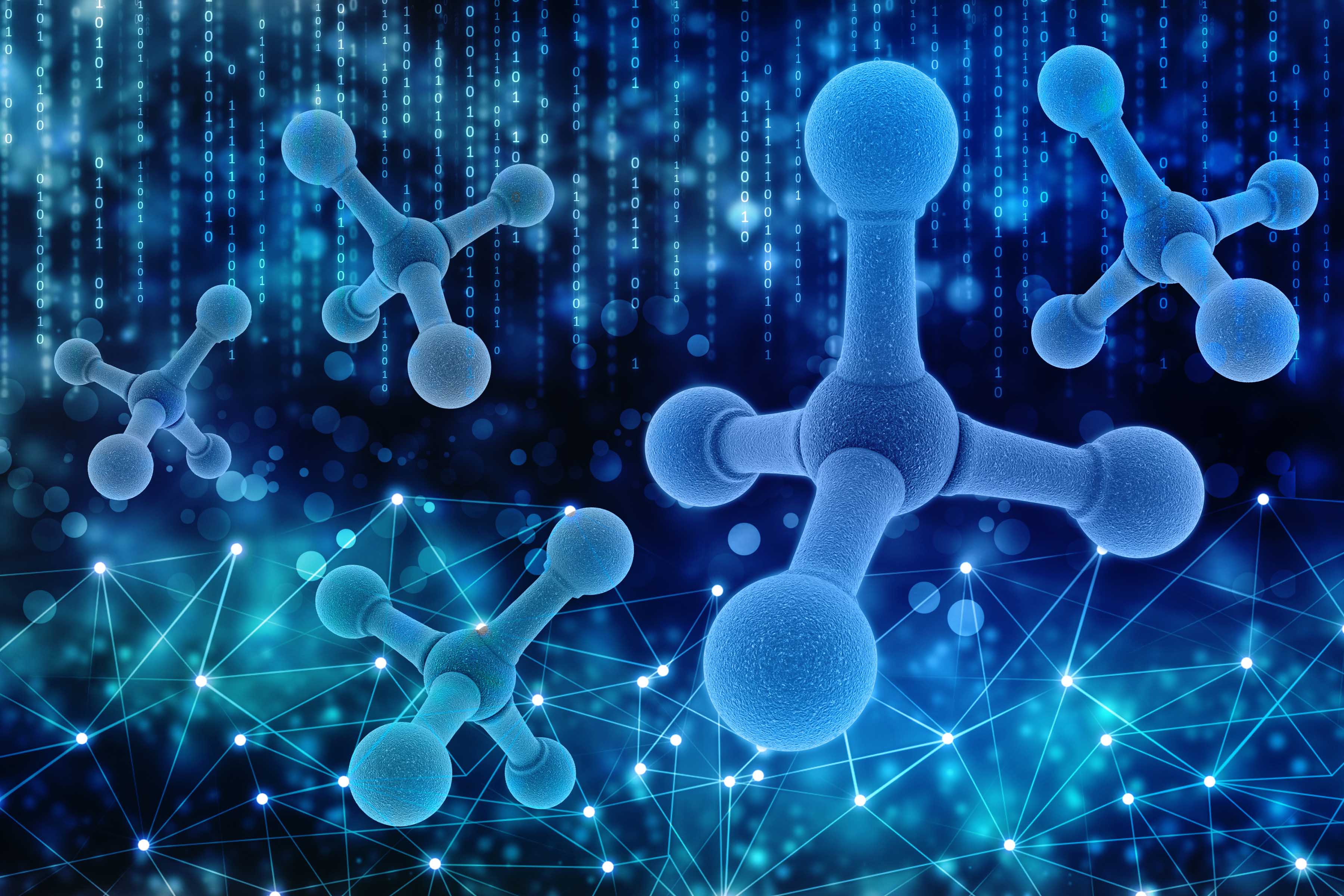The precise analysis of natural rubber (NR) with regard to its molecular composition as well as the determination of the degree of polymerization and branching of poly(cis-1,4)- isoprene (PI) poses great challenges for many companies but also for analytical laboratories. At Fraunhofer IME, we can solubilize NR using automated accelerated solvent extraction and separate it into its individual components by field flow fractionation. Superposition of infrared spectra of NR with further spectroscopic and chromatographic analyses allows a unique assignment of NR types and allows conclusions to be drawn about their subsequent material properties. We can also characterize NR compounds in a similar way.
Technology portfolio - rubber analytics
ATR infrared spectroscopy
The modern high-resolution ATR infrared module offers a fast analysis method of NR purity and gives first indications of the nature of the accompanying substances of the polyisoprene. Especially the lipid and protein fractions show a high variability in different NR types. A correlation matrix between the purity of specific NR and e.g. the dynamic mechanical properties can in many cases reduce costs in the experimental development of NR compounds.
Thermal field flow fractionation
The thermal field flow fractionation with subsequent dual detector technology is rarely found in the Fraunhofer IME configuration worldwide. A high-precision 24 angle covering multi-angle light scattering detector allows determinations of linearity, branching, solubility and of course the molar mass of the PI. Important here: the measurement of the molar mass is not influenced by the interaction with a column matrix (e.g. gel permeation) and its exclusion variable. Thus, much longer PI molecules can be detected with high sensitivity and quantified by another detector. In addition, the PI content in a sample can also be accurately determined.
GC- and HPLC- coupled with mass spectrometry
For qualitative and quantitative analysis of the accompanying substances in NR, we carry out measurements with modern GC and LC-MS systems. Extensive libraries of reference substances and spectra allow rapid assignment of MS spectra to a specific class of molecules or individual substances.
 Fraunhofer Institute for Molecular Biology and Applied Ecology IME
Fraunhofer Institute for Molecular Biology and Applied Ecology IME